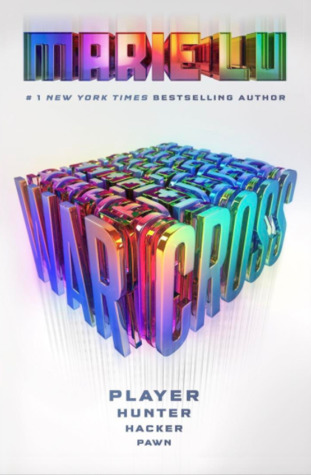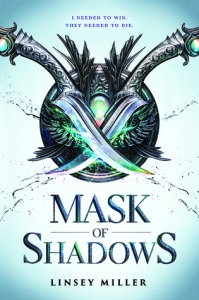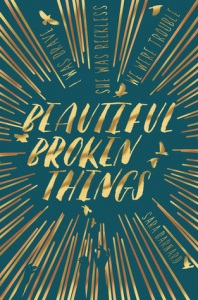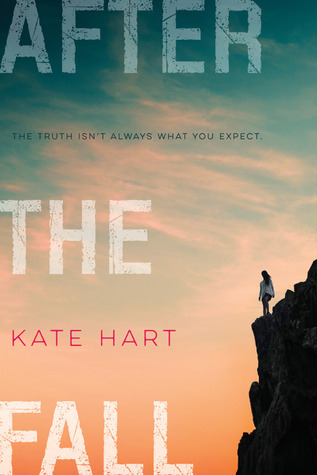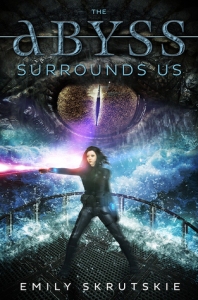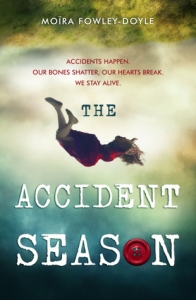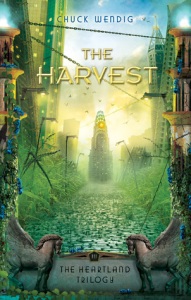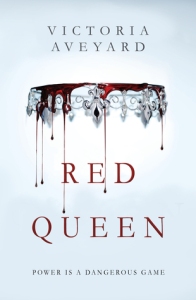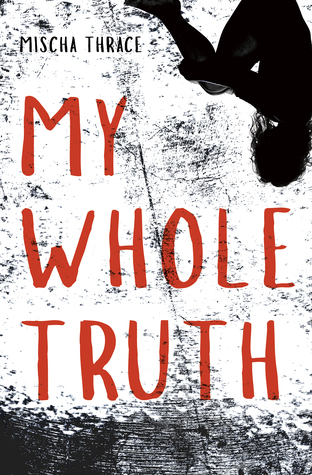
Title: My Whole Truth
Author: Mischa Thrace
Category: Young Adult
Genre: Contemporary/Thriller(?)
Publisher: Flux
Publication Date: October 2, 2018
Format: eARC
Length: 242 pages
ISBN-10: 1635830249
ISBN-13: 9781635830248
Series or Standalone: Standalone
Literary Awards:
N/A
Themes: LGBTQ+?, Friendship, Parental Relationships
POV: Single 1st person
Tense: Present
Reviewer: Nick Morgan
Why I Read It: Provided for free through netgalley, saw the blurb and requested.
Review:
So, I was really excited for this book. The whole alleged murderer who definitely killed the guy premise is really interesting, if not unique. There’s a lot of interesting psychological stuff to explore there, besides the whole trial and community reaction thing.
But the book fails to deliver. Not only does that cover copy give away basically all the twists in the story, but the community reaction, and the behavior of the cops, and the character’s way out are cliché and cheaply handled. There’s pretty much no effort on the character’s part, or internal drive. She’s a main character, but not a protagonist in the sense of driving the story in any way. Her only two major decisions are both stupid and have no consequences.
The book does a terrible job handling the police aspects and the courtroom drama. The way the authorities act is nonsensical and probably even against procedure in most police departments and courts. They seem to be playing hack-sack with the idiot ball in order to allow for *stunning “reveals”. The first major reveal is clearly spoiled in the teaser and would be incredibly obvious even if it hadn’t been, and it’s very unbelievable that none of the authorities even suspected that it happened given the nature of the crime she is accused of and her behavior after.
The character’s friends are implied to be the most important aspect of the story, but their actions make no sense and are often very clearly rigged by the author for cheap melodrama. There was absolutely zero interesting stuff going on there, and that includes the so-called “crush” mentioned in the teaser.
In other reviews I saw a lot of criticisms about how the story handled the character’s relationship with her mother. I actually thought that this was not an issue, excepting only that like every other part of the story it was criminally-underdeveloped. The broad strokes were perfectly believable given the situation, but the author failed to add the detail work that makes it interesting.
There are two betrayals in the book, and both of them were bring because the author again failed to move beyond broad strokes. The first was out of nowhere and also forgiven waaaaaay to easily, in my opinion. I couldn’t believe the MC would get over it so quickly if at all. The second was not particularly surprising, but again, it felt like a massive authorial intrusion because the author did no build-up or support ahead of time, and in fact implied the character would feel almost the exact opposite way. Without going into spoilers, this part of the plot had a great deal of potential for very interesting character drama and some incredible nuance around friendship and also around the betraying character’s personal beliefs. It would have been not only very topical, which seemed to be the author’s goal with this story in general, but also very interesting to read and illustrative of a lot of the themes and issues around friendship in our society. An opportunity to actually show that the characters were as close as the author was obviously trying to portray them as. Both these plot points could have been masterfully-carved gems in the crown of this story, but instead were more likely really shitty repair welds in damaged antique jewelry that end up lowering the value significantly.
The depiction of the community response to the attack and subsequent killing was also disappointing. Very bare bones, and some incredibly odd behavior on the part of the school the character went to. Especially a particular teacher who says one thing and acts very differently. The one realistic aspect was how badly the administration was out of its depth in responding to having an accused murderer at school. That would have been a really cool thing to explore in the novel, but like everything else it felt under-utilized.
Overall, the greatest flaw of My Whole Truth was that the author failed to provide any depth to any aspect of the novel whatsoever, and that’s why its getting one of my very rare 1 1/2 star equivalent ratings. There are so many better novels touching on this subject matter out there, and no point in wasting your time on such a disappointing entry to the category.
Conclusion: 48/100 (More like an outline than a novel)
Premise: 7/10 (Interesting idea poorly executed)
Plot: 4/10 (Lots of plot holes, too predictable)
Setting: 6/10 (Well-drawn)
Main Character: 5/10 (Shallowly depicted and boring)
Technical 5/10 (Lots of technical mistakes in police and hospital procedure)
Suspense 4/10 ()
Supporting Characters: 5/10 (Shallowly drawn and no enjoyable)
Writing: 6/10 (Competent from a technical perspective)
Themes: 4/10 (Under-served and in your face)
Resolution: 5/10 (Boring and nonsensical)
Buy Or Borrow: Borrow if you plan to read it at all. It just didn’t feel good enough to be worth paying for.
Similar Books:
Other Reviews:
GoodReads
Kirkus ReviewsPinot and Pages
26 Cups of Tea
Books & Blogging
That’s Nida
Lectus
Buy Links:
Amazon
Barnes and Noble
IndieBound
E-Books:
iBooks
Kindle UK
Kindle US
Kobo
Google Play
nook
